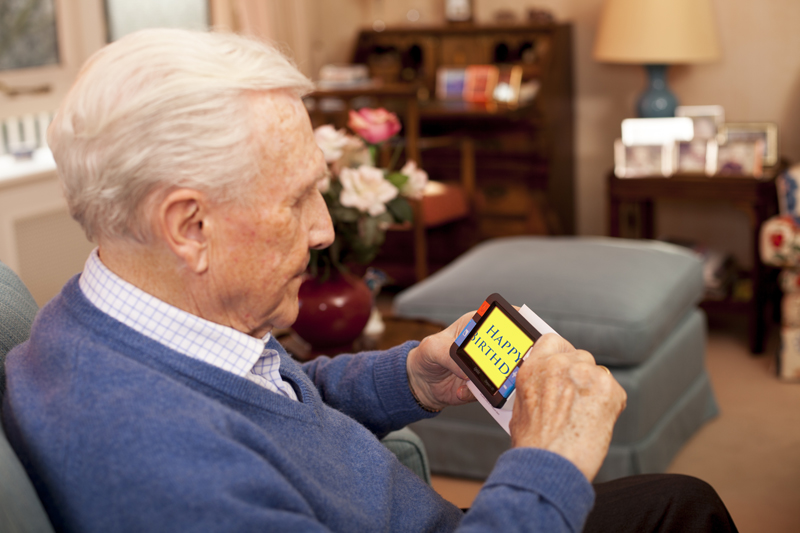Cataracts are the most common cause of vision loss in people over the age of 40 and are the principal cause of blindness in the world. Half of all Americans have cataracts by the age of 80. A cataract is a clouding of the eye’s natural lens and typically progresses slowly. If left untreated, they may result in blindness. Annual eye exams will help identify cataracts early and allow for treatment.
Symptoms of a cataract may include:
- Blurred vision
- Sensitivity to sunlight or bright lights
- Lack of brightness in colors
- Increased nearsightedness
- Seeing “halos” around lights
Though there is no proven way to prevent cataracts; a healthy diet, not smoking, protecting your eyes from the sun, and scheduling regular eye exams with your eyecare professional will help you reduce your risk and maintain overall eye health.
At an early stage of cataracts, as your vision begins to change, you may be able to use handheld magnifiers, filter lenses that heighten contrast, or improved lighting to help with everyday activities.

A decline in your vision does not mean you need to stop participating in your favorite activities. Len Leone, an artist who depends on his vision, developed cataracts and became legally blind. Though he at first was discouraged, he eventually found assistive technology that was able to help him go on painting. He says of the Optelec desktop video magnifier, “This machine has become my eyes. Not only have I continued painting and illustrating, but I’ve written a novel. After the pages come out of the printer, I use the video magnifier to review the text.”
Do not give up hope! If you develop cataracts, your eye care professional will be able to help you navigate treatment options and offer suggestions on low vision aids that can help you use your vision to the fullest. Connect with us with questions or to request information on low vision aids that will fit your needs.
Jun 18, 2020


